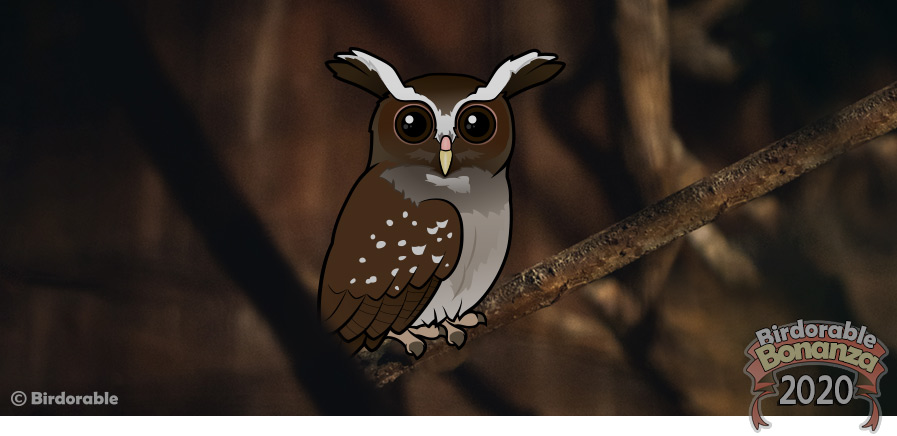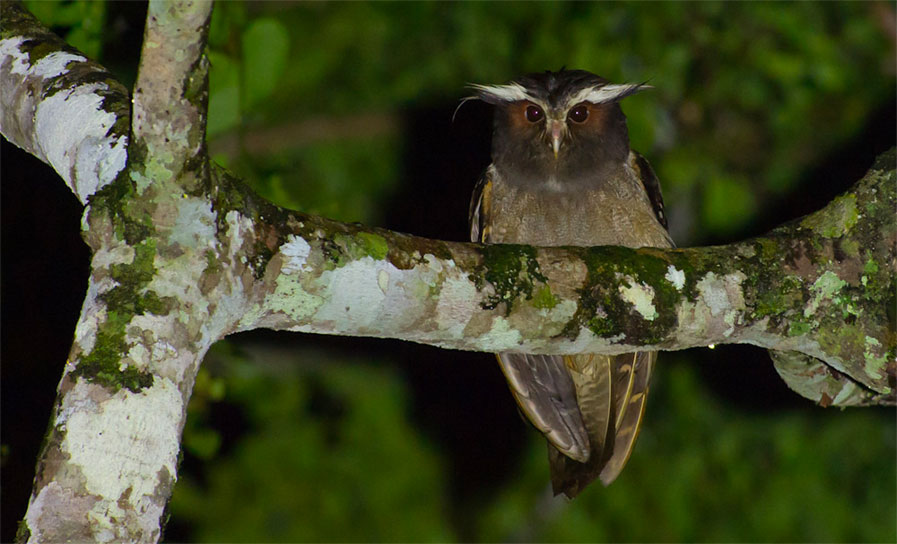2020 Bonanza Bird #22
A Closer Look at the Crested Owl: The Owl with Elegant White Crests

Today’s new species is a very special type of owl with a unique look. The Crested Owl, as the name suggests, is known for the striking long white head crests that adorn its crown. These crests extend upward from what appear to be white "eyebrows," creating an appearance that is both regal and enigmatic. This medium-sized owl is native to the lush wet forests of Central America and South America, where it finds its ideal habitat.
Crested Owls are strictly nocturnal creatures, meaning they are most active during the cover of night. Unlike many migratory birds, these owls are year-round residents in their preferred territories. They are known to be highly territorial and tend to stay within their established ranges throughout the year.
Intriguingly, Crested Owls have earned their place in the ecosystem as skilled predators of small vertebrates and insects. Their diet primarily consists of creatures like rodents, frogs, and various invertebrates. With keen night vision and sharp talons, they are well-equipped for hunting in the darkness. These owls use their stealth and precision to swoop down upon unsuspecting prey, making them efficient hunters in their forest domains.
It's worth noting that the Crested Owl displays two primary color morphs. Our Birdorable illustration represents the dark morph of the species. The dark morph typically exhibits rich brown and black plumage, which adds to the owl's mystique. The other color morph, known as the light morph, features lighter plumage but retains the distinctive crests and overall elegance.

Next time you find yourself wandering through the enchanting rainforests of Central or South America, keep an ear out for the soft hoots of the Crested Owl, and you might just catch a glimpse of this majestic nocturnal hunter.
Tomorrow's new bird is a spotted Old World woodpecker, smaller than its Great cousin. Surely you can guess the species with this easy clue!?










Comments
Leave a comment
Thank you!